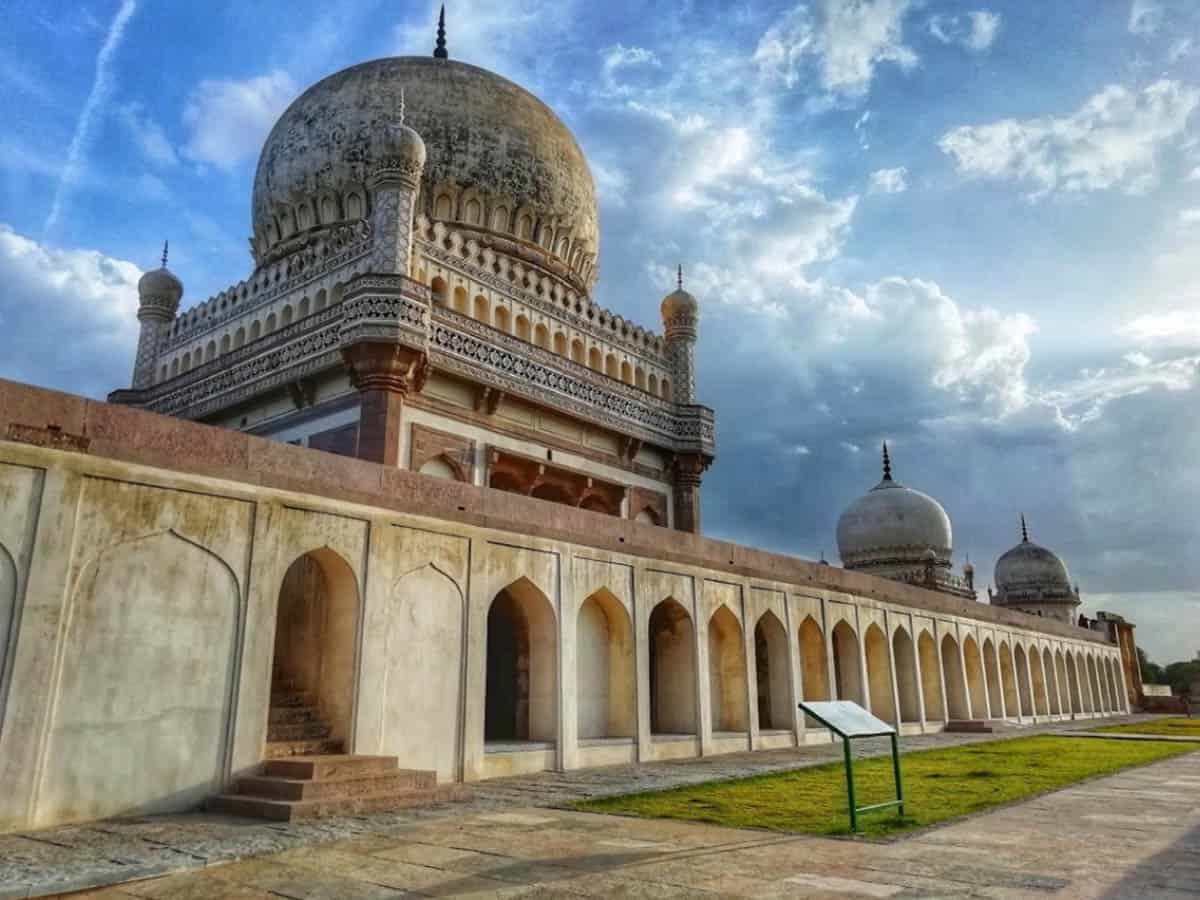Hyderabad: Bahmani Sultanate was one of the oldest Sultanates in the Deccan region, which left magnificent historic monuments at every nook and corner of the areas ruled by them. Incidentally, once established in 1347 the Muslim rule continued on almost all the areas of that sultanate till the last Nizam of Hyderabad Nawab Mir Osman Ali Khan.
Siasat Urdu Daily had an opportunity to invite and hear Mohammed Abdul Qayyum, former Deputy Director, Department of Archeology, A.P. on the History of the Bahmani Sultanate.
The genesis of the Deccan states in South India, according to Mohammed Abdul Qayyum, was when Alauddin Khilji forayed in Deccan to capture Daulatabad Fort which was known then as Devgiri. Later Mohammed Tughlaq made Daulatabad his capital but due to political upheavals in North he had to shift back to Delhi. Alauddin Bahman Shah was one of the generals left behind at Daulatabad who founded Bahmani Sultanate in 1347 which after a rule of 175 years ended up into five Sultanates.
It was the year 1526 when the sun of the Bahmani Sultanate set in Deccan in South India while the sun of the Mughul Empire was rising in the North, Abdul Qayyum said.
The end of Bahmani Sultanate lead to the establishment of five descendant sultanates: 1. Adil Shahis of Bijapur, 2) Nizam Shahis of Ahmed Nagar, 3) Imad Shahis of Berrar, 4) Barid Shahis of Bidar and 5) Qutub Shahi of Golconda, informed Abdul Qayyum.
“The Mughal Emperor Aurangzeb defeated the rulers of Adil Shahi and Qutub Shahi dynasties and merged their areas into the Mughal empire. But, the Muslim rule continued in Deccan till the time of the Last Nizam Nawab Mir Osman Ali Khan who ruled almost over all the original areas of the Bahmani Sultanate barring Bijapur and Berar,” Abdul Qayyum said.
The former Deputy Director of the Department of Archaeology spoke at length about the magnificent monuments left by Bahmani Sultanate and later Shahi dynasties such as Grand Mosque and Seventh Tombs at Gulbarga, Madrasa Mahmud Gawan at Bidar, Gol Gumbaz at Bijapur, Golconda Fort and Charminar at Hyderabad.
According to Mohammed Qayyum, the Bahmani sultanate is noted for its introduction of hitherto unknown Indo Persian Architecture in building gigantic monuments in South India.
The Bahmani Sultanate and later its five offshoot sultanates left indelible mark in the history of Deccan, Abdul Qayyum said.
It was also during the Nizam Shahi Rule of Ahmed Nagar that saw enthroning of Razia Sultana, one of the few female rulers in Islamic history, who reigned from 1236 to 1240.
Deccani Urdu or Hindustani was also developed during Qutub Shahi era. Quli Qutub Shah was the first Urdu poet. He was a great patron of Telugu and wrote poetry in that language. It was alsol Quli Qutub Shah who founded Hyderabad first as Bhagya Nagar in the name of his Hindu wife Bhagmati. When she converted to Islam and took up the name Hyder Mahal, Bhagyanagar was renamed as Hyderabad.
“The Bahmani Rulers and after them their descendant dynasties were fond of the local culture and languages. Their rule was a pro people rule.” Abdul Qayyum said.


